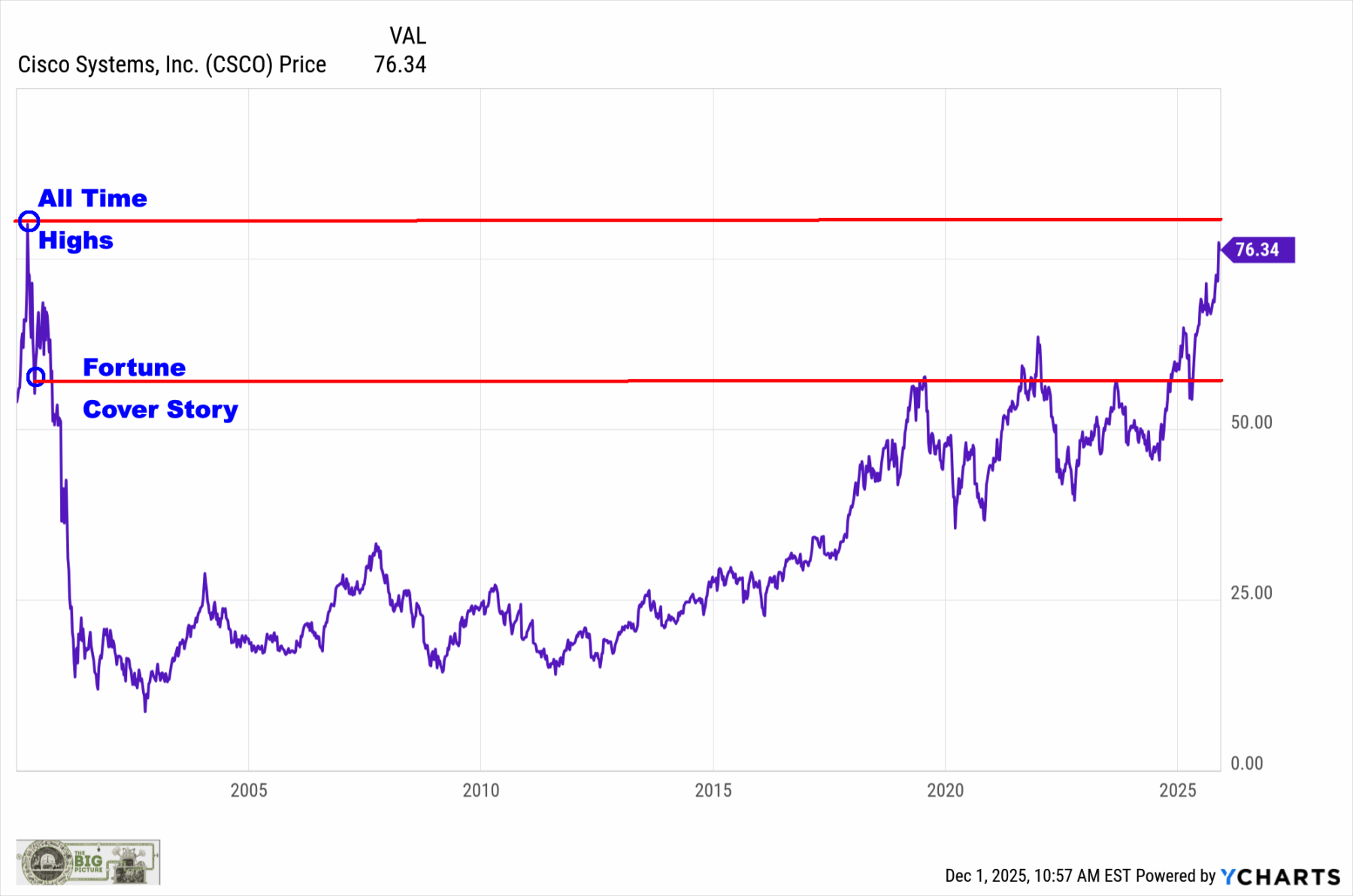At 7.40pm on the evening of Wednesday, September 16, 1992, Britain’s Chancellor of the Exchequer, Norman Lamont, gave a televised address announcing the country’s withdrawal from the Exchange Rate Mechanism. Monetary policy announcements rarely get live, prime time coverage, but this came at the end of one of the most remarkable days in British economic history.
Getting in, 1978 to 1990
Beliving that exchange rate fluctuations hindered cross border trade, in 1978 the European Community established the European Monetary System, the centrepiece of which was the Exchange Rate Mechanism (ERM). This limited member currencies to a 2.25% band (6% for the Italian lira) either side of their parity with the European Currency Unit, a basket representing weighted averages of member currencies.
Britain stayed out. Prime Minister James Callaghan noted that the scheme would “effectively mean Europe becoming a Deutschmark zone,” recalling:
“I was sympathetic with the general proposal, but had to make clear that, as proposed, the effect of the scheme would be disadvantageous to Britain, for the strong Deutschmark would have the effect of tugging sterling upwards with deflationary consequences for our economy, unless long-term credit was absolutely unlimited.”
Callaghan’s successor, Margaret Thatcher, agreed. Along with concerns for British sovereignty, she regarded the exchange rate as a price like any other to be set by the market.
Britain finally joined the ERM in October 1990. Thatcher had lost one Chancellor, Nigel Lawson, over the issue in October 1989. When his successor, John Major, threatened to resign unless Britain entered, the increasingly embattled Thatcher consented and sterling joined the ERM in October 1990 at a rate of 2.95 DM. Thatcher was forced from office the following month and replaced by Major, who appointed Lamont as his Chancellor.
Staying in, 1990 to 1992
What attracted Lawson and Major to the ERM was the opportunity to import Germany’s monetary policy, or, as their detractors would say, to have it to blame for cynical or painful policy choices. In 1985, with sterling at 4.00 DM, loose monetary policy was required. In 1988, with inflation rising, tighter policy was needed and ERM membership offered an attractive cover.
Lawson and Major had hiked the Bank of England’s base rate from 7.38% in May 1988 to 14.88% between November 1989 and September 1990. Inflation fell from an annual rate of 9.2% in October 1990 to 3.7% in August 1992. But in October 1990, Germany reunified. Faced with inflationary pressures, the Bundesbank began raising interest rates. Even as British inflation fell, interest rates could not fall commensurately. Callaghan’s forecast and Thatcher’s fears were borne out.
Through 1991 and into 1992, doubts grew over whether Britain – and others – could maintain their ERM parities. In June, Danish voters rejected the Maastricht Treaty which had, among other things, set out the path from the ERM to the proposed single currency. This path now looked less navigable and the ERM less purposeful. The parities came under pressure.
The situation exploded on September 15, 1992, when Bundesbank President Helmut Schlesinger touted “a wider-ranging realignment” of currencies. Markets sensed an imminent sterling devaluation. The following morning, they began ‘shorting’ sterling: borrowing it, selling it, buying it back for less, repaying the loan, and pocketing the profit. Sterling crashed. To prop it up, the British government started spending foreign exchange reserves buying up sterling. By mid-morning the selling was so intense that Bank of England officials were buying £2 billion of sterling an hour. The Treasury later estimated the losses on the day’s trading at £3.3billion.
But there were limits to Britain’s currency reserves. At 11am, Major decided to hike interest rates to 12%, but markets didn’t believe he would inflict the pain on his economy necessary to maintain the parity and the sterling rout continued. TV schedules were interrupted to bring regular updates of monetary deliberations. That afternoon, Lamont called Major telling him that the game was up, but Major disagreed. Instead, he insisted that interest rates go to 15%. Even this didn’t work, and when the market closed sterling was still outside its currency band. At 7:40pm on ‘Black Wednesday, Lamont announced surrender.
Keeping out, 1992 –
“You can’t buck the market,” Thatcher once said. Major tried and the market bucked him. Politically, having won a surprise election victory in April 1992, the Conservatives’ polls tanked, never recovered, and the Labour party defeated them in a landslide in 1997. Their core voters, homeowners who had bought into Thatcher’s “property owning democracy,” had been especially hard hit by the ERM debacle.
Economically, the British government adopted inflation targeting for want of any other ideas. It worked. Inflation remained low through the 1990s and 2000s and the economy grew until 2008. The prospect of British membership of the euro was effectively dead. Indeed, with hindsight, many came to remember September 16, 1992, as ‘White Wednesday.’
John Phelan is an Economist at Center of the American Experiment.







_(1)_(1).jpg)






![How to Accept Bitcoin Payments as a Business [2023] | by Arpit Agarwal | The Capital | Jan, 2023 How to Accept Bitcoin Payments as a Business [2023] | by Arpit Agarwal | The Capital | Jan, 2023](https://miro.medium.com/max/1080/1*QvJ49gX8d0oPWwJ7iZ1ejg.png)

